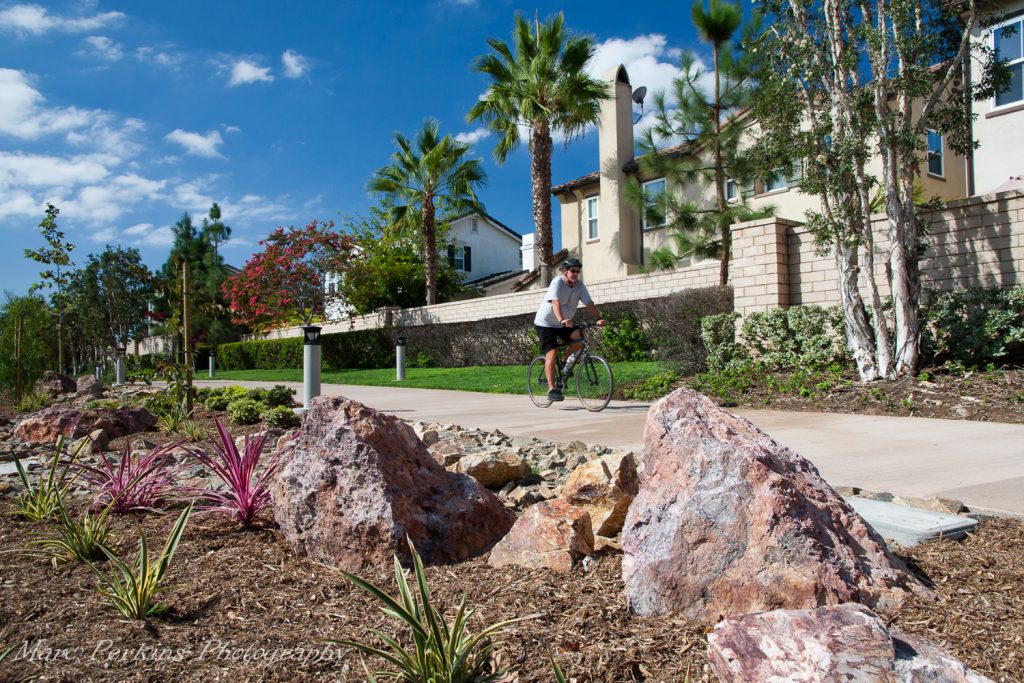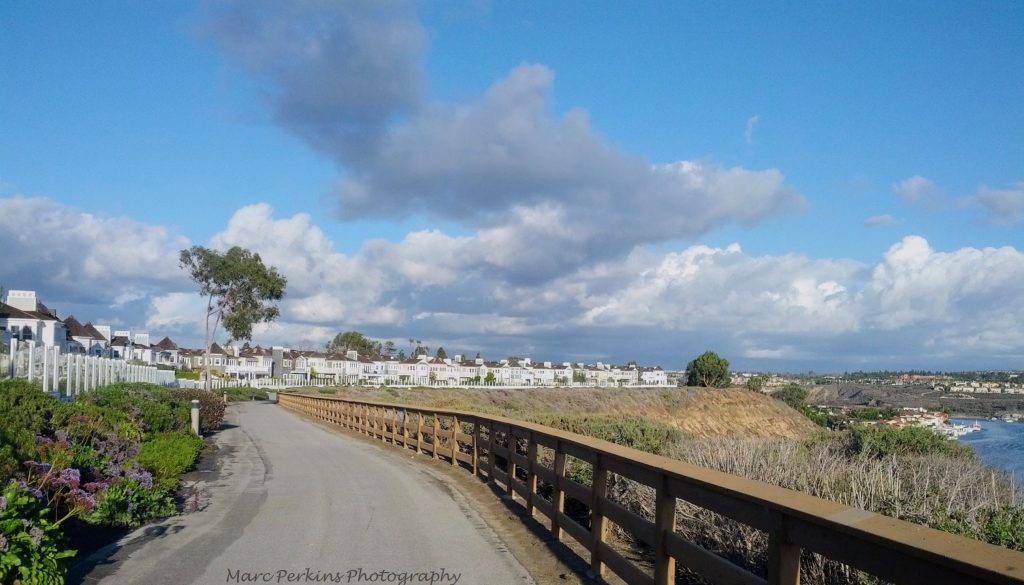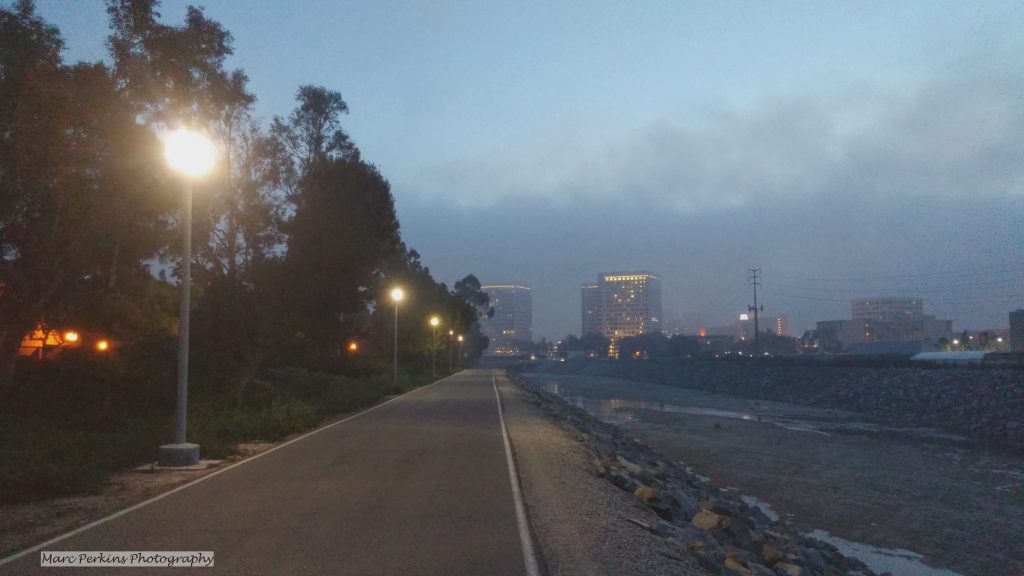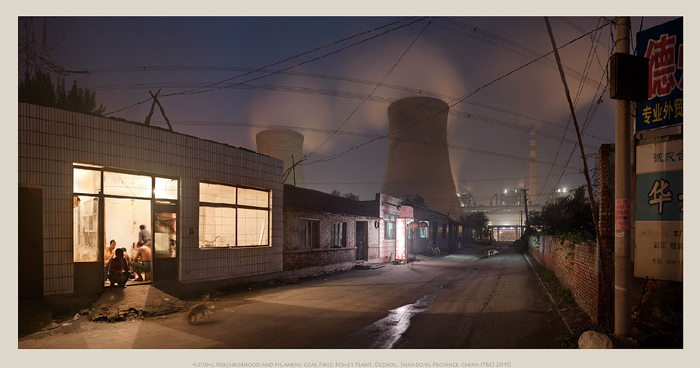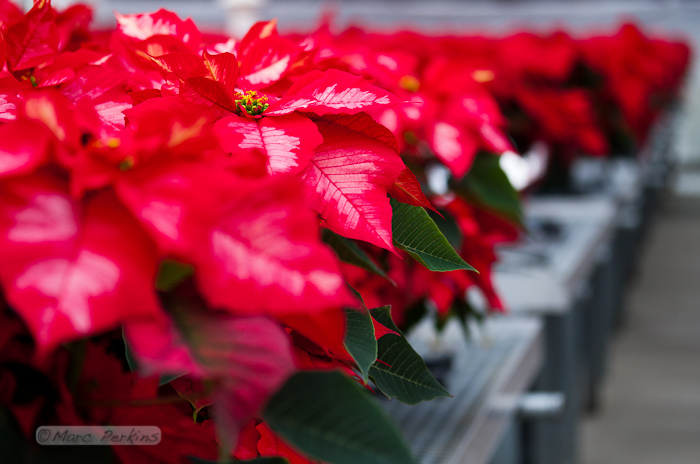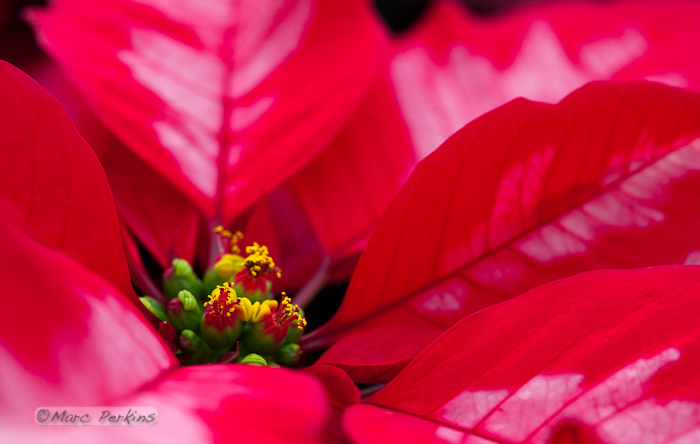Background
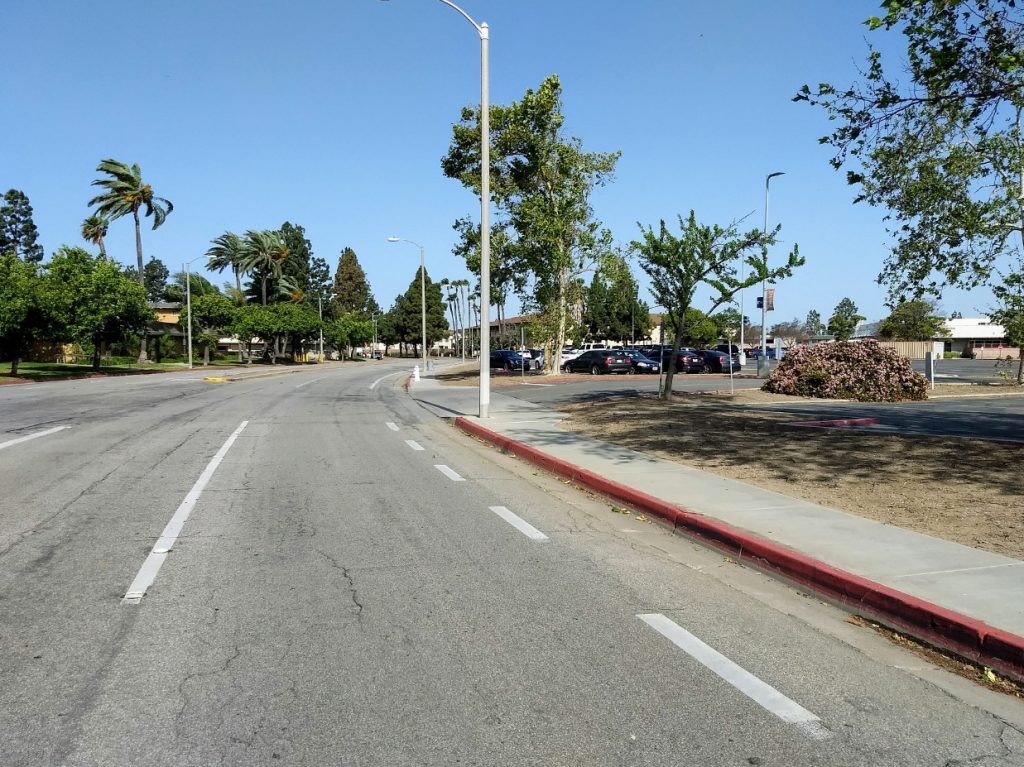
Merrimac Way is a four-lane divided road that primarily runs between Harbor Boulevard and Fairview Road in Costa Mesa, providing access to Orange Coast College, the Costa Mesa LDS Institute, the Sunset Cove Apartments, the Coast Apartments, Suburban Cadillac/Buick/GMC, and Aura (a new home development).
Merrimac Way has bike lanes on each side, and is the best way for many bicyclists to enter Orange Coast College. Merrimac Way has relatively little traffic on it (compared to nearby streets Adams, Fairview, and Harbor), and its bicycling infrastructure is better than the adjacent arterials as well. However, with that said, there are still many problems with cycling on Merrimac:
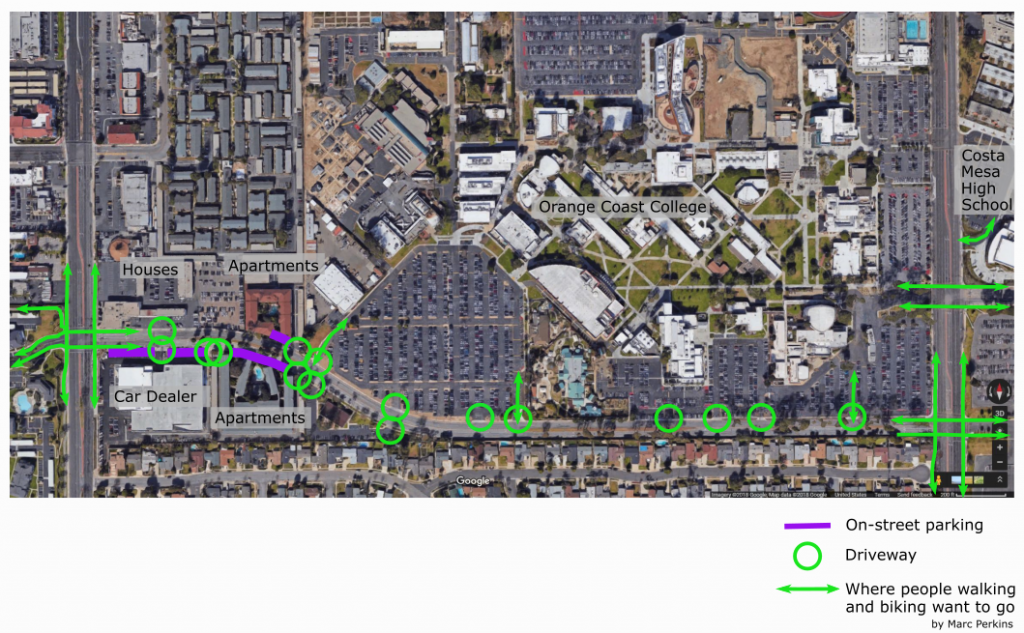
- The speed limit is 35 mph, which cars regularly exceed, making many bicyclists feel unsafe on the road. I frequently see people bicycling on the sidwalk.
- There are sixteen driveways on the street, many of which serve destinations that regularly have cars going in or out (e.g., Orange Coast College and the apartment buildings)
- Eight of the sixteen driveways are packed into the western 1,000 feet of the street.
- In the same 1,000 foot region where there are eight driveways, there is also parallel on-street parking to the right of the bike lane, exposing people on bicycles to the risk of opening car doors and cars pulling out into traffic.
- Cars and delivery trucks regularly double-park around the apartment buildings and car dealership, making that western-region of the street even more hazardous. In fact, had I not been aware of the risks of opening car doors I easily could have been hit by the opening door of a double-parked car in this location.
- The westernmost entry to Orange Coast College (next to the apartments) is blocked from the southern side of the road by a median, meaning that cyclists have to go well out of their way to enter the campus from the south-side of the street. This leads to many cyclists riding against traffic either in the street or on the sidewalk at the north-western edge of the street, which is quite dangerous.
- There is no marked crossing at all along the entire length of the street. This is especially problematic at the western entrance to Orange Coast College, where people walking can be frequently seen crossing without assistance (both faculty/staff/students going to/from campus and also employees of the car dealership who park on campus).
- The majority of the southern side of the street lacks a sidewalk (everywhere east of the LDS Institute).
- The bike lane at both the western and eastern ends is striped to the right of a dedicated right-turn lane, creating the hazardous condition of a bicyclist wanting to go straight while being positioned to the right of a turning car. Instead, the bike lane should be striped so that bicyclists are adjacent to or in the right-most lane that goes straight.
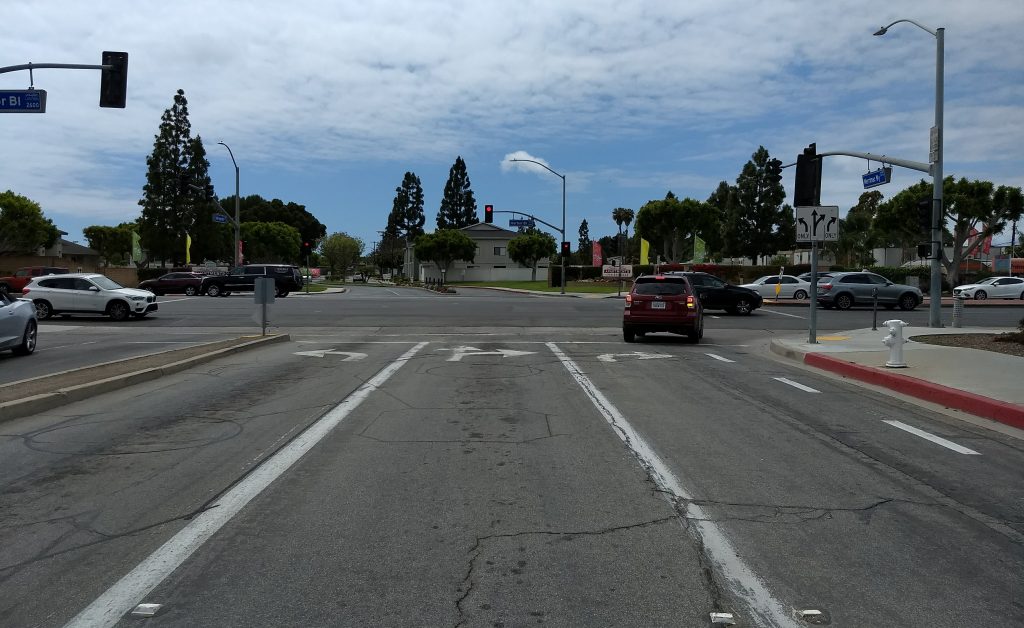
Demonstrating a solution
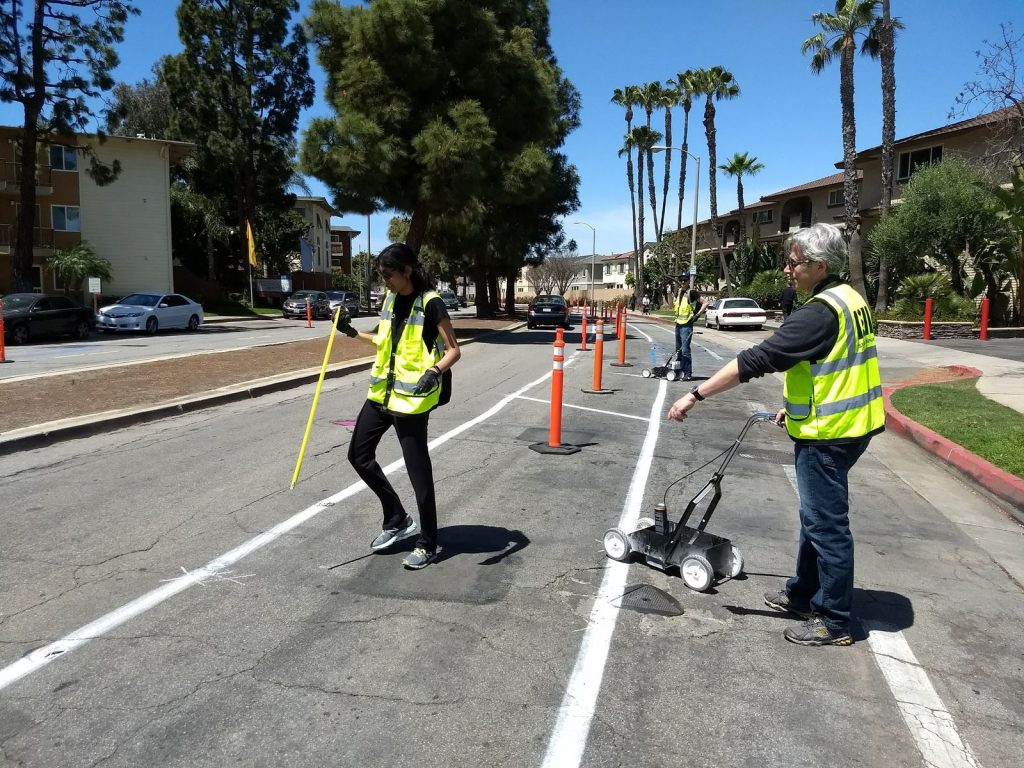
Costa Mesa’s new Active Transportation plan includes installation of a protected bike lane along Merrimac Way. To help explore what this would look like, the City of Costa Mesa applied for and received a SCAG Tactical Urbansim grant to fund installation of a temporary protected bike lane along Merrimac Way. The city formed an advisory committee to help them design the demonstration (including members of the Costa Mesa Bikeway and Walkability Committee; Orange Coast College students, staff, and faculty; city staff; Global Green; Studio 111; LANI; and SCAG).
The demonstration protected bike lane was installed April 18, in conjunction with Orange Coast College’s installation of their own demonstration campus cycling improvements for Green Coast Day, and left up for a month. The city held a community outreach event, which attracted hundreds of residents.
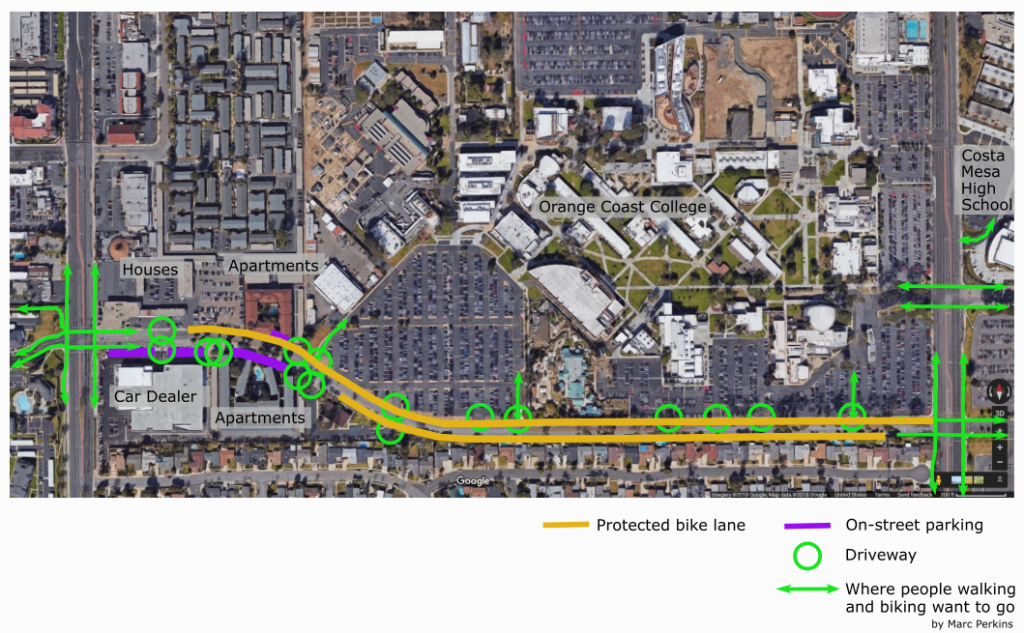
The demonstration was carried out by closing the right-hand lane of traffic in each direction for a portion of the length of the street. The closed-off lane was marked primarily with tall cones, but also indicated with spray chalk and painted plungers.
Good elements of the demonstration
The demonstration made a number of major changes, that dramatically improved bicycling on the street: Continue reading Costa Mesa’s Demonstration Protected Bike Lane on Merrimac Way
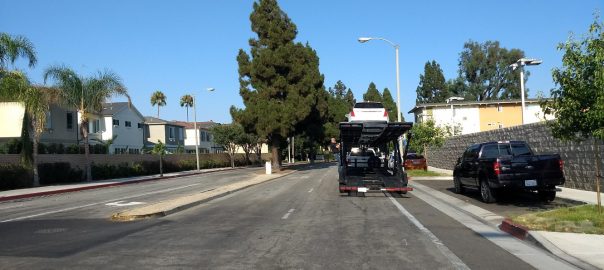
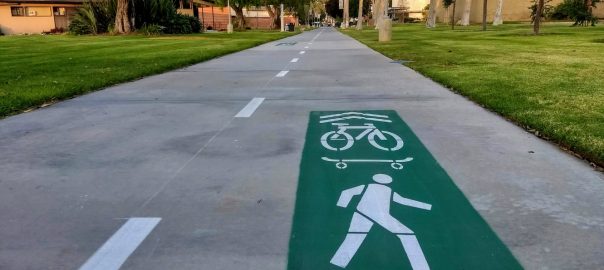
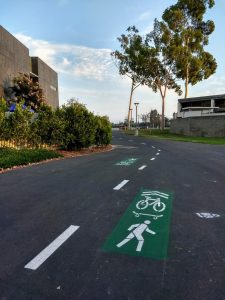
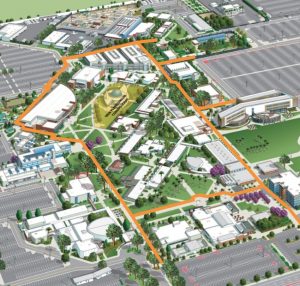
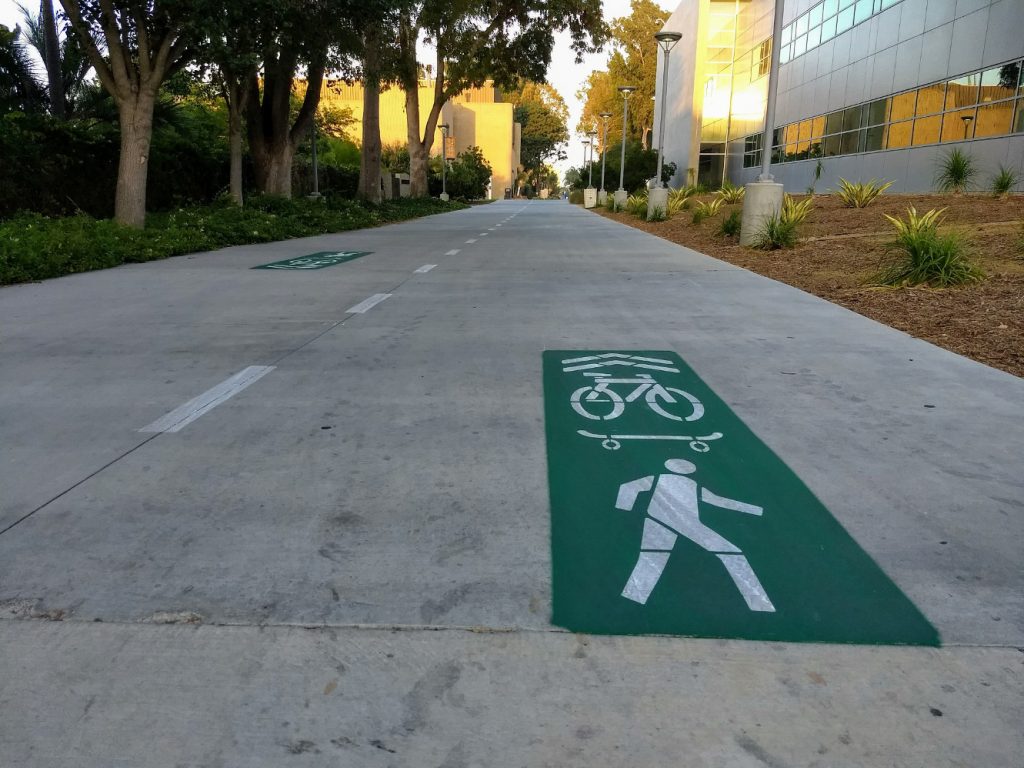
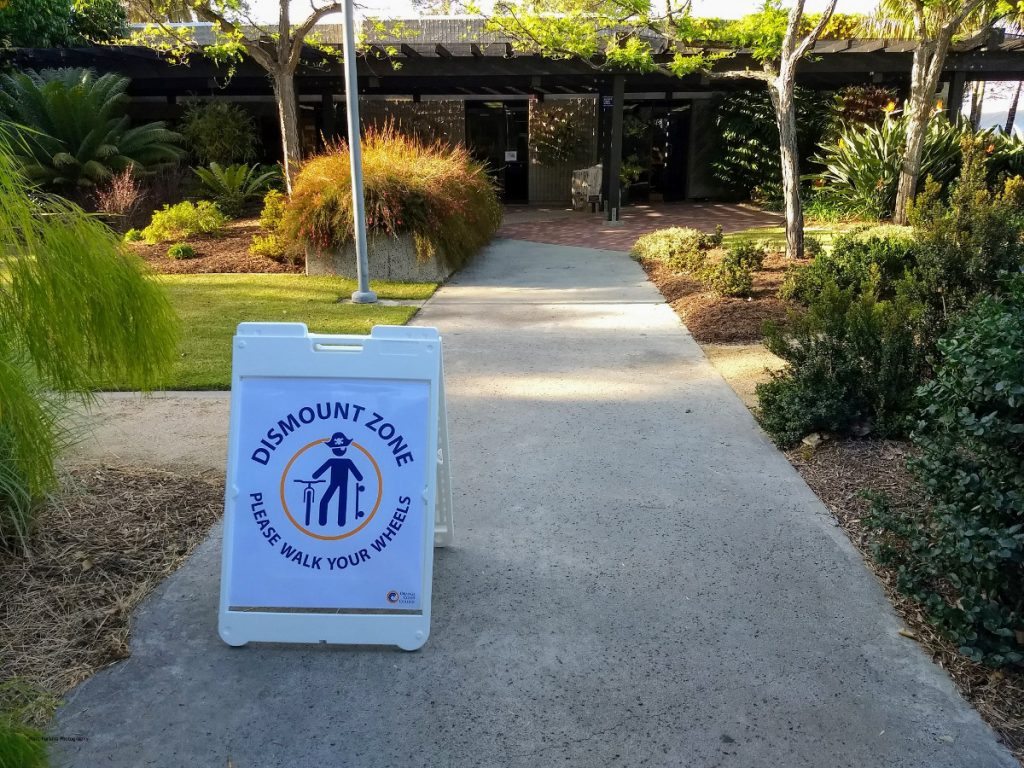
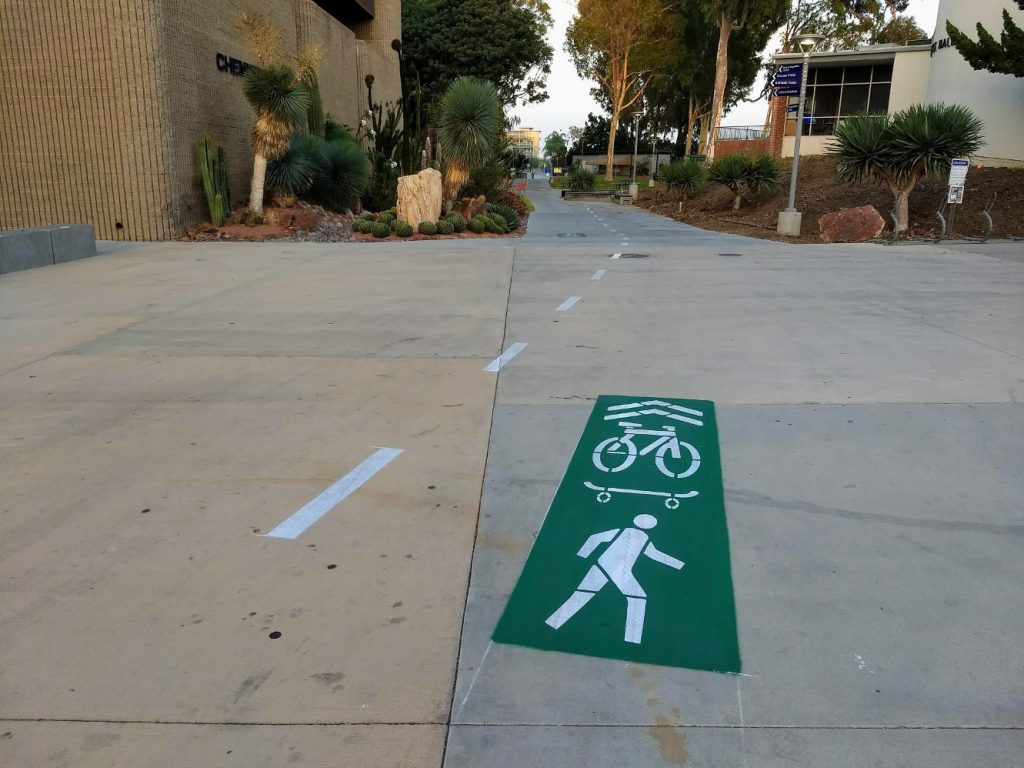
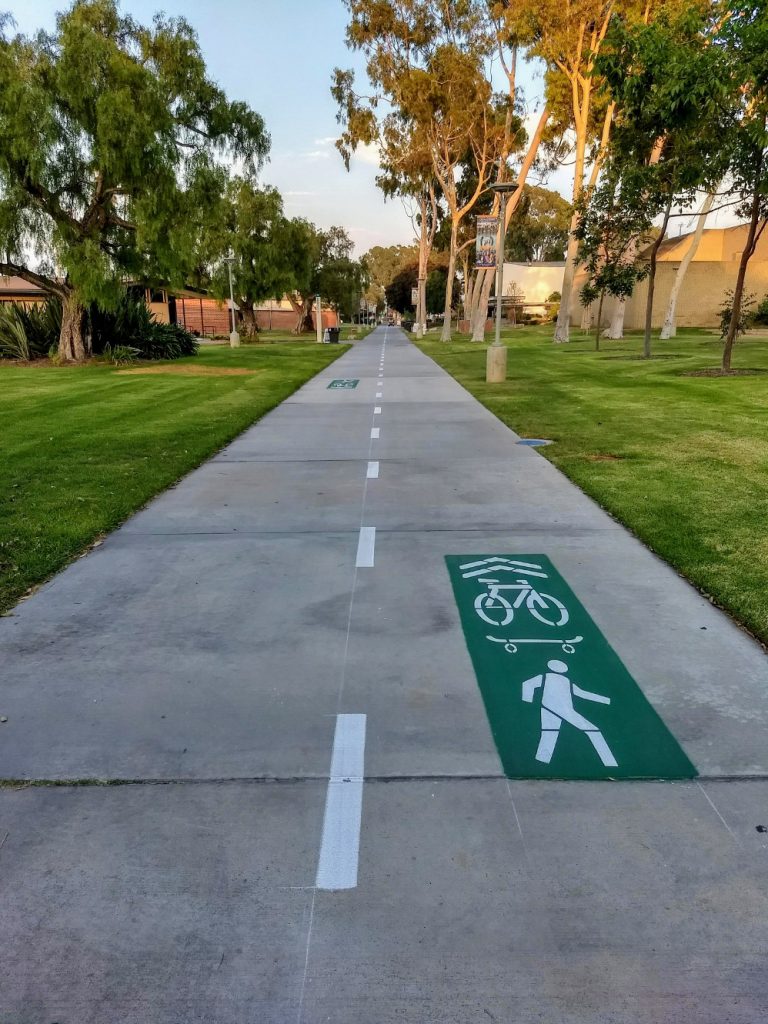
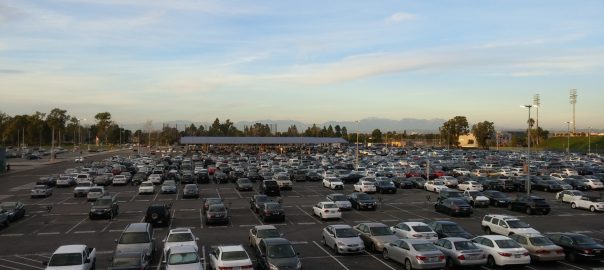
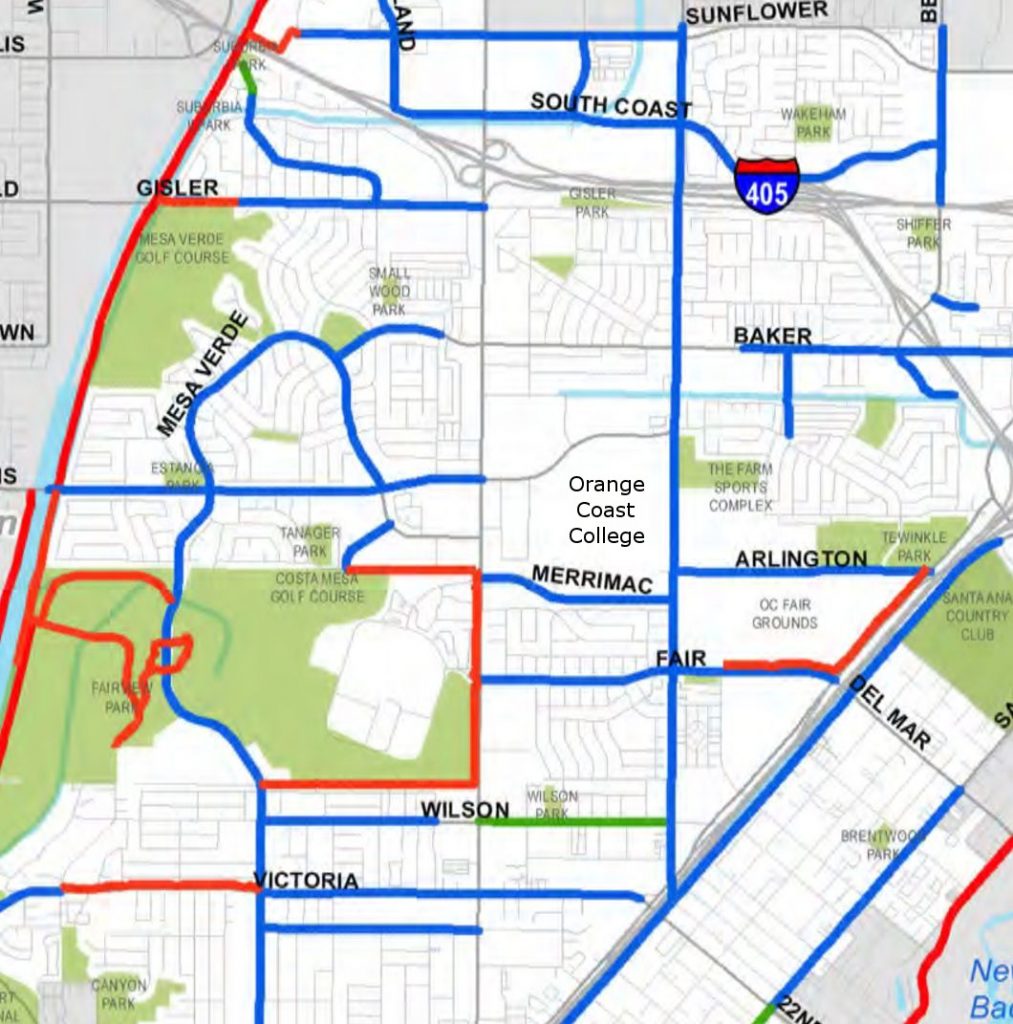
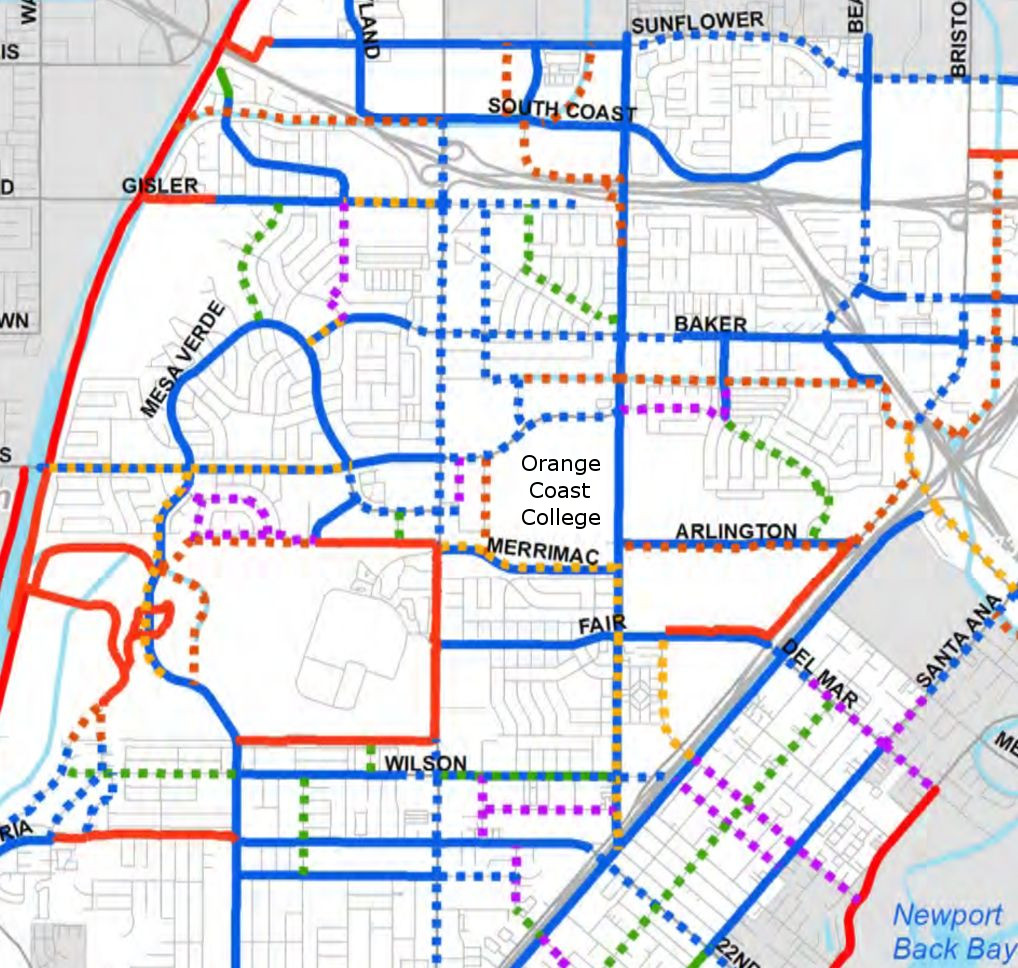
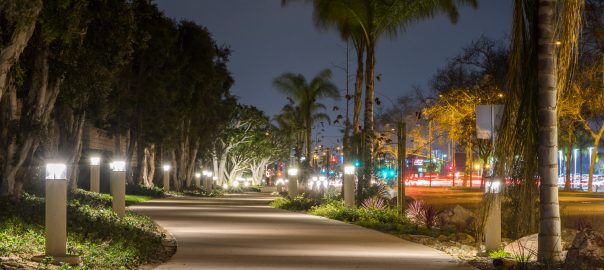
 [This is the first article in a series on Costa Mesa’s draft Active Transportation Plan. The next article discusses the
[This is the first article in a series on Costa Mesa’s draft Active Transportation Plan. The next article discusses the 
